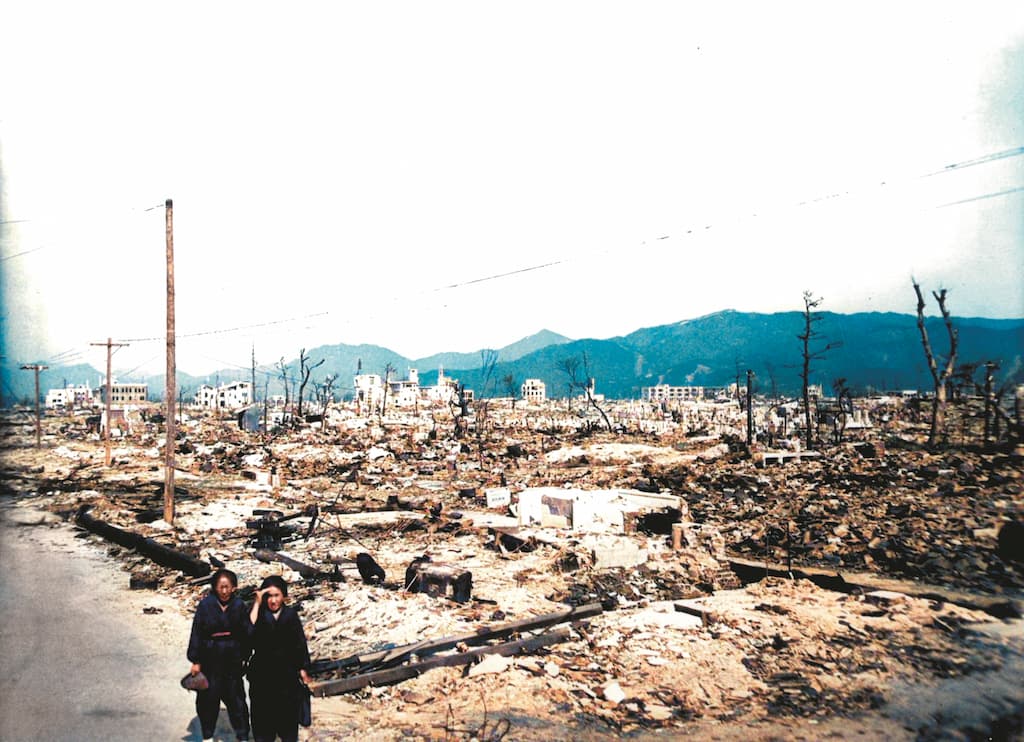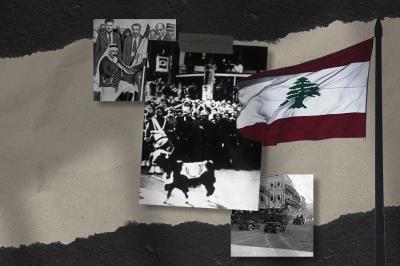Historical Context and Political Decision
On August 6, 1945, at 8:16 a.m., the first atomic bomb ever used in warfare exploded over Hiroshima, Japan. This moment marked a turning point in world history. The operation was the result of the Manhattan Project, secretly launched in 1941 by President Franklin D. Roosevelt after being warned by three refugee scientists (Szilard, Wigner, Einstein) of the potential danger of a Nazi atomic bomb.
After Roosevelt's death in April 1945, Vice President Harry Truman assumed the presidency. Informed of the top-secret project by Secretary of War Henry Stimson, Truman faced a difficult choice: invade Japan—an action that could cost between 250,000 and 1 million American lives (not including Japanese casualties)—or use this new weapon. After a successful bomb test at Alamogordo, New Mexico, on July 16, 1945, Truman decided on July 24 to use the atomic bomb to hasten the end of the war.
Military Preparations and the Enola Gay Crew
Colonel Paul Tibbets, an experienced bomber pilot, was tasked with forming a special unit for the mission. In Wendover, Utah, he assembled a team of elite aviators who were kept unaware of the true nature of their mission until the very last moment. On August 6, 1945, aboard the B-29 Superfortress named Enola Gay (after Tibbets' mother), the crew took off from Tinian Airbase in the Mariana Islands, 2,400 km south of Tokyo.
The bomb, nicknamed Little Boy, was aimed at the Aioi Bridge in Hiroshima. It exploded 580 meters above the ground, slightly off target. The blast was so powerful that it reached the aircraft despite its safety distance. Tail gunner George Caron saw the shockwave hit the plane. For a moment, the crew thought the fuselage would break apart. The vision was apocalyptic: a mushroom cloud rose to 13,000 meters, and Hiroshima disappeared beneath a sea of fire.
Crew Reactions and Psychological Impact
Testimonies from the crew reveal immense shock at the devastation. One member saw the atomic cloud as the souls of the dead rising to heaven. Others described the city as a boiling field of lava. Co-pilot Captain Robert Lewis wrote in his journal: "My God, what have we done?" Though deeply affected, none of the crew ever expressed regret, believing their action helped shorten the war.
International Reaction and Aftermath
On August 10, 1945, writer François Mauriac published a piece in Le Figaro, highlighting both the horror and the fear that such a weapon could have fallen into worse hands, like Hitler’s.
President Truman's official statement, issued from the USS Augusta, declared that the bomb dropped on Hiroshima had the power of 20,000 tons of TNT—2,000 times more powerful than the largest British bomb used until then.
On August 8, the Americans dropped leaflets over Japanese cities warning of a second attack if Japan did not surrender. With no sign of capitulation, a second, more powerful bomb was dropped on Nagasaki on August 9, targeting the Mitsubishi factories. It would be the last nuclear strike of World War II.
Legacy of the Enola Gay Mission
The Enola Gay mission—the first use of nuclear weapons in conflict—remains a pivotal event in modern history. It revealed the absolute destructive power humanity had just acquired. While the crew never expressed regret, others—especially intellectuals and journalists like Mauriac—quickly grasped the moral and philosophical magnitude of this rupture: humanity had entered the nuclear age, bringing with it a new era of fear, responsibility, and existential uncertainty.
Please post your comments on:
[email protected]
 Politics
Politics







